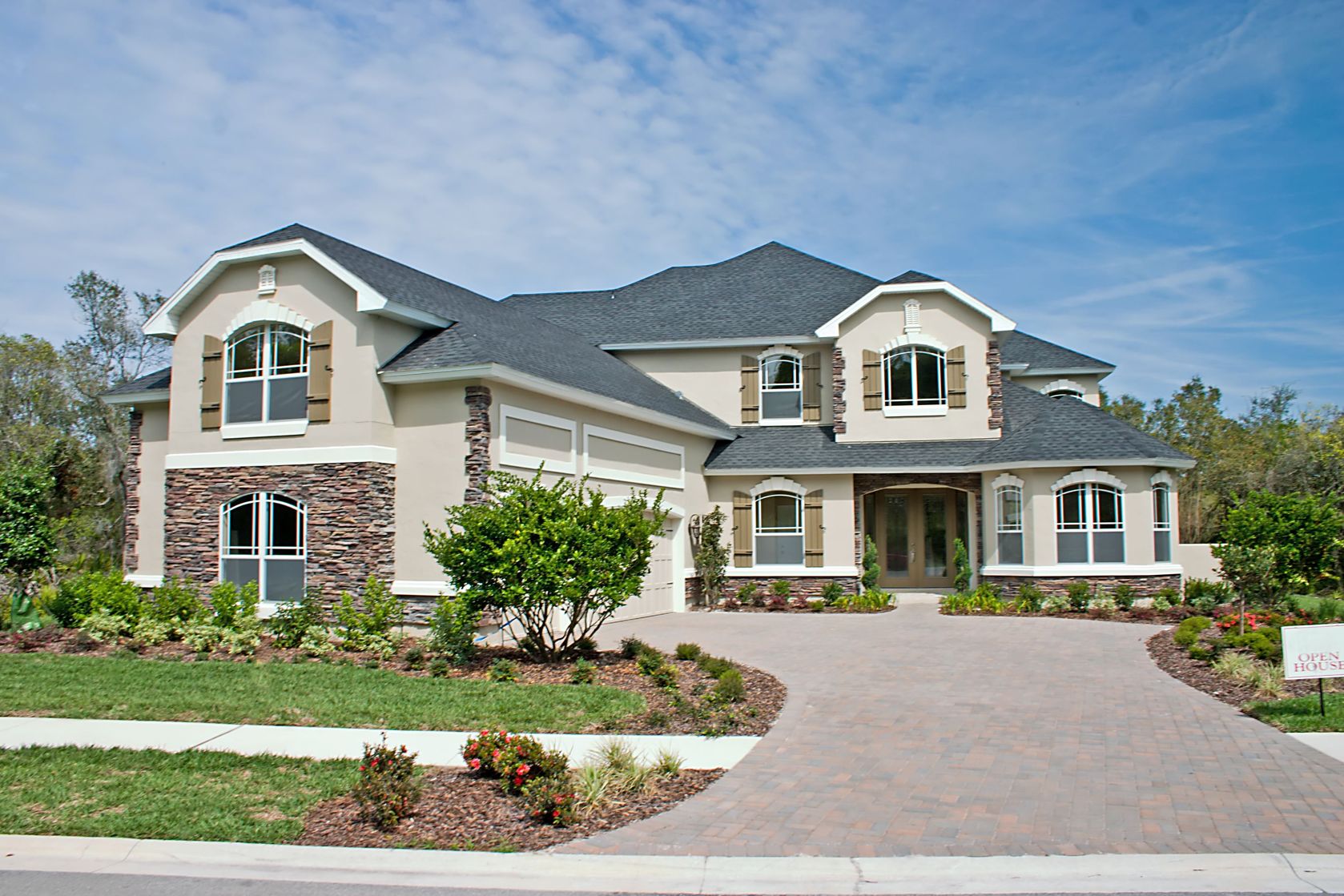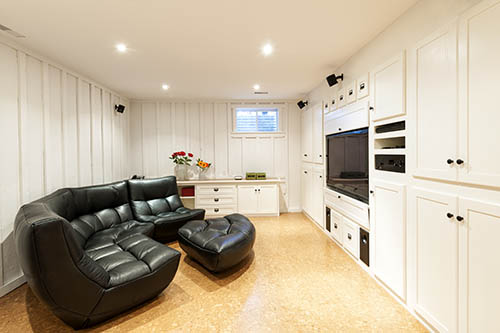Case-Shiller: Home Price Growth Mixed for September
 September’s 20-City Housing Market Index from Case-Shiller showed signs that rapidly rising home prices in some metro areas may be losing momentum. San Francisco, California, posted a month-to-month reading of -0.40 percent and a year-over-year reading of 5.70 percent. Home prices stayed flat in Seattle Washington from August to September, but posted the highest home price gain of 11.00 percent year-over-year. Slowing home price growth in high-demand areas suggest that affordability concerns are impacting rapid gains in home prices seen in recent years.
September’s 20-City Housing Market Index from Case-Shiller showed signs that rapidly rising home prices in some metro areas may be losing momentum. San Francisco, California, posted a month-to-month reading of -0.40 percent and a year-over-year reading of 5.70 percent. Home prices stayed flat in Seattle Washington from August to September, but posted the highest home price gain of 11.00 percent year-over-year. Slowing home price growth in high-demand areas suggest that affordability concerns are impacting rapid gains in home prices seen in recent years.
Case-Shiller’s National Home Price Index achieved its highest gain with a reading of 5.50 percent as compared to August’s reading of 5.10 percent.
Year–over–Year: Western U.S. Holds Highest Gains in Home Prices
In addition to Seattle’s year-over-year home price growth rate of 11 percent, Portland, Oregon closely followed with a year-over-year reading of 10.90 percent. Denver, Colorado rounded out the top three cities in the 20-City Home Price Index with a year-over-year growth rate of 8.70 percent. September was the eighth consecutive month that the top three cities held their places in the 20-City Index. Case-Shiller’s 20-City Home Price Index posted a year-over- year gain of 5.10 percent.
September Home Prices Cap Recovery, Usher in New Progress for Housing Market
According to David M. Blitzer, Chairman of S&P Dow Jones Index Committee, September’s record national reading for home prices marks a transition from housing recovery to “the hoped for start of a new advance.” Mr. Blitzer cited recent data on sales of new and pre-owned homes and said that housing starts reached a post-recession peak.
September’s peak in national home prices was 0.10 percent above the pre-recession peak set in 2006. Adjusted for inflation, the September peak remains approximately 16 percent below the pre-recession peak. During the recession, national home prices reached a trough that was 27 percent lower than Case-Shiller’s September reading. Analysts expressed some caution and noted headwinds to housing markets including slower-than-normal rates of homes construction, higher mortgage rates and strict mortgage approval requirements.

 Are you on the hunt for home renovations that will boost usability and value? Look no further than that unfinished basement. In this article, we’ll show you how to turn that dusty cave into an amazing new living space.
Are you on the hunt for home renovations that will boost usability and value? Look no further than that unfinished basement. In this article, we’ll show you how to turn that dusty cave into an amazing new living space. Last week’s economic reports included new and pre-owned home sales, new jobless claims and Freddie Mac’s weekly mortgage rates survey.
Last week’s economic reports included new and pre-owned home sales, new jobless claims and Freddie Mac’s weekly mortgage rates survey.